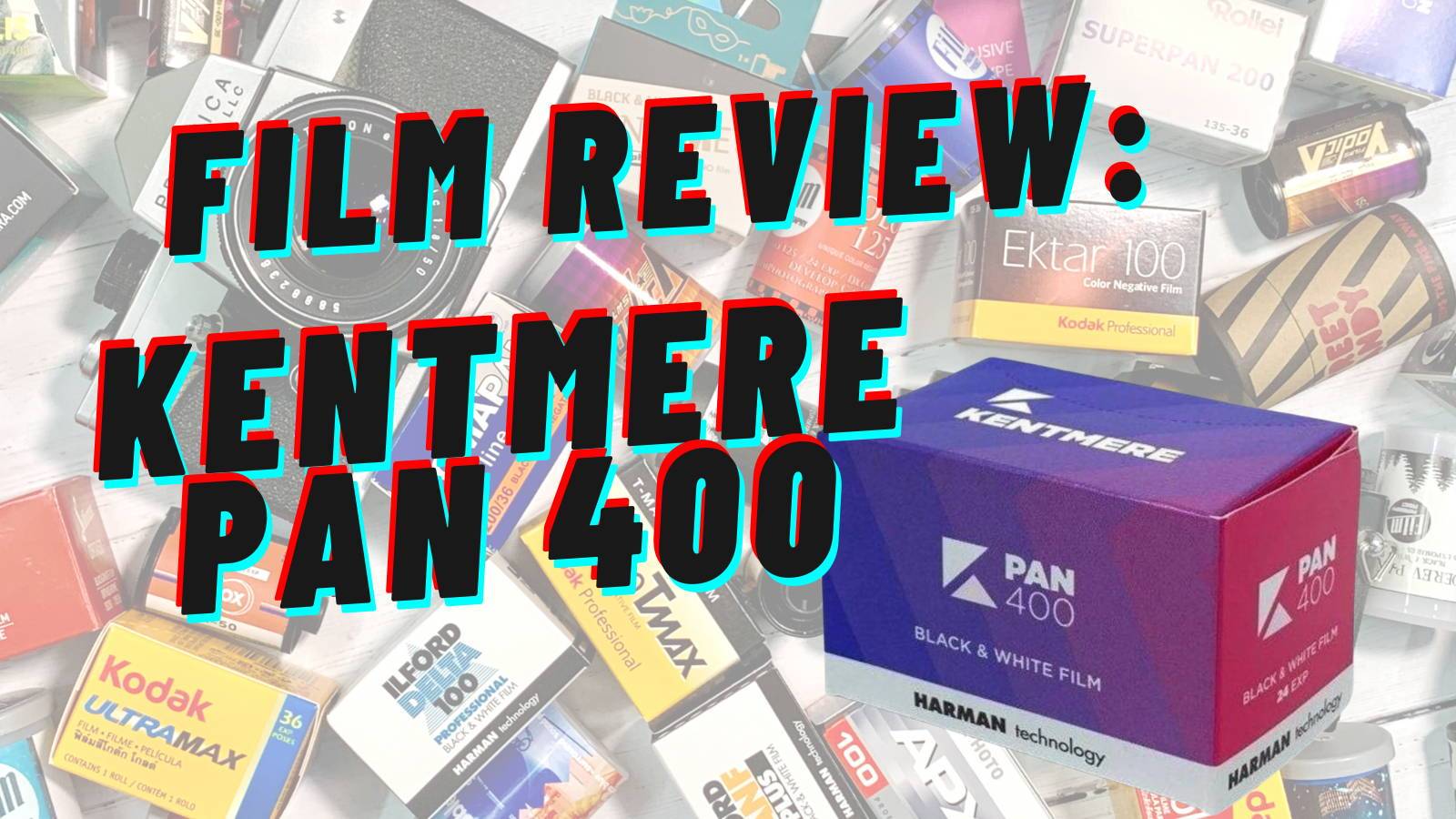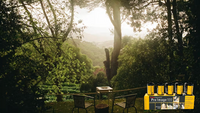Black Friday 2025 has landed at Analogue Wonderland, bringing some of our biggest film photography deals of the year - from discounted film and cameras to money-saving WonderLab processing offers, exclusive bundles, and festive specials available for a limited time only. Grab a great deal while stocks last!
Recent posts

Kentmere 400 Review
By Paul McKay
Our Kentmere 400 review combines the community's comments, recommendations, sample images and feedback to give you an excellent overview of Kentmere 400 film's strengths and weaknesses!
Produced for Analogue WonderBox subscribers in April 2021 but helpful for everyone wanting to learn more about a film renowned as 'perfect for students' 😁
Kentmere Films
Kentmere is owned by Harman Technology (who also own the rights to produce the Ilford films, and are based in Cheshire).
Originally the Kentmere company produced photographic paper from their base in the Lake District. They were acquired by Harman in 2007 and the operations were combined in Cheshire. Two years later a new pair of B&W films were launched under the Kentmere brand: simply called 100 and 400, with branding that can charitably described as ‘basic’.
Originally these films were exported to the US market only, and were designed to compete in the student market.
However their popularity meant that Harman introduced Kentmere film to more and more markets over time - and updated the branding in 2018 - but in each new market the positioning as a ‘student’ brand has stuck.
Some of the outstanding original branding!
What is a 'Student' film?
Kentmere Pan 400's positioning as a beginner or student brand comes down to a couple of key features.
1) It is cheap!
Kentmere 400 will always be one of the more affordable films in a market, so that folks can shoot a lot of it with relatively low cash outlay. Partly this is because students are not known for having lots of spare cash, but also because this encourages lots of experimentation and happy failures on the way to learning about film photography.
It also is available in 24 exposures for the same reason - shorter rolls means faster turnaround between projects or ideas - and therefore quicker improvements.
2) It is flexible.
Kentmere 400 can be developed in a variety of chemicals and methods with good results, so people can again try things out and learn. This flexibility also applies to its broad exposure latitude - you can afford to miss the 'perfect' exposure while still getting a great shot!
(c) Tim Dobbs - and incidentally I'm not implying that Tim has missed these exposures! 😂
The Resulting Images
However - do NOT be fooled into thinking that this 'beginner' tag means that the film can't produce excellent images.
One of the most common phrases I hear about Kentmere 400 is that it ‘punches above its weight’. I think people hear the earlier points, and can dismiss the film as cheap and cheerful.
Now don’t get me wrong - there are definitely chemical compromises in Kentmere 400 versus the professional emulsions of Delta, HP5, T-Max etc - but it is also capable of producing wonderful photography.
Reviewers talk about the balanced contrast, good detail, and a lovely atmosphere. That atmosphere comes from the grain which is quite prominent - especially when you print or scan at large size - and some of the mid-tones can be a little murky.
You’re unlikely to get those gorgeously powerful clean lines, really strong contrast and detail we saw in the recent Delta 100 or the Rollei Retro films - but time and again you’ll see reviewers say ‘I thought I’d try this out and now I’m hooked’
(c) Gemma
(c) Joe Horner
(c) Charlie Hindmoor
In Summary
Kentmere Pan 400 is a forgiving film and also a good opportunity for experimentation. Whatever you've had on your creative photography 'to-try' list: double exposures, blurred long-exposures, a new development method - this is the film for you to finally have a go!
For full tech specs, more reviews, and community sample photos then head to the product pages as below:
(c) Charlie
(c) @kristiaanja
(c) Joshua @filmbyjosh
If you enjoyed this Kentmere 400 review and found it informative then check out our other WonderBox film reviews here: https://analoguewonderland.co.uk/blogs/film-review
Ready to dive in?
Keep Reading
View all
Christmas 2025: Shipping & Opening Hours
Christmas 2025 is fast approaching! To make sure your analogue goodies arrive in time, take note of our last shipping dates, plus opening and operating hours over the festive season. We've got everything you need to gift the magic of film photography this Christmas!

Film Photography Christmas Gift Guide 2025: Analogue Wonderland
Capture the magic of Christmas with film - no filters needed. Our 2025 Film Photography Christmas Gift Guide 2025 is packed with thoughtful presents for every type of shooter, from curious beginners to seasoned photographers. Discover film stocks, cameras, and creative accessories that will make this festive season truly memorable.
Subscribe to our newsletter 💌
Sign up for our newsletter to stay up to date on film photography news, sales and events:
Free Tracked Shipping
On all UK orders over £50
Passion For Film
An unbeatable range and an on-site lab
Our Customers Trust Us
Thousands of independent 5* reviews
All Deliveries are Carbon Neutral
Independently audited and verified by Planet
- Opens in a new window.





1 Comment -
Gulsen Goksel •
Definitely it’s a well practice film. Part of my pinhole camera project which was 7 captures within 6×12 sized frame using 120 roll turned out a whole project; no missing frame. I shoot with ZeroImage 618, and the results shows that in dark areas it records details.